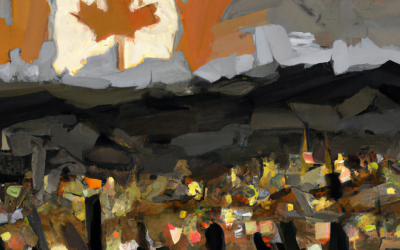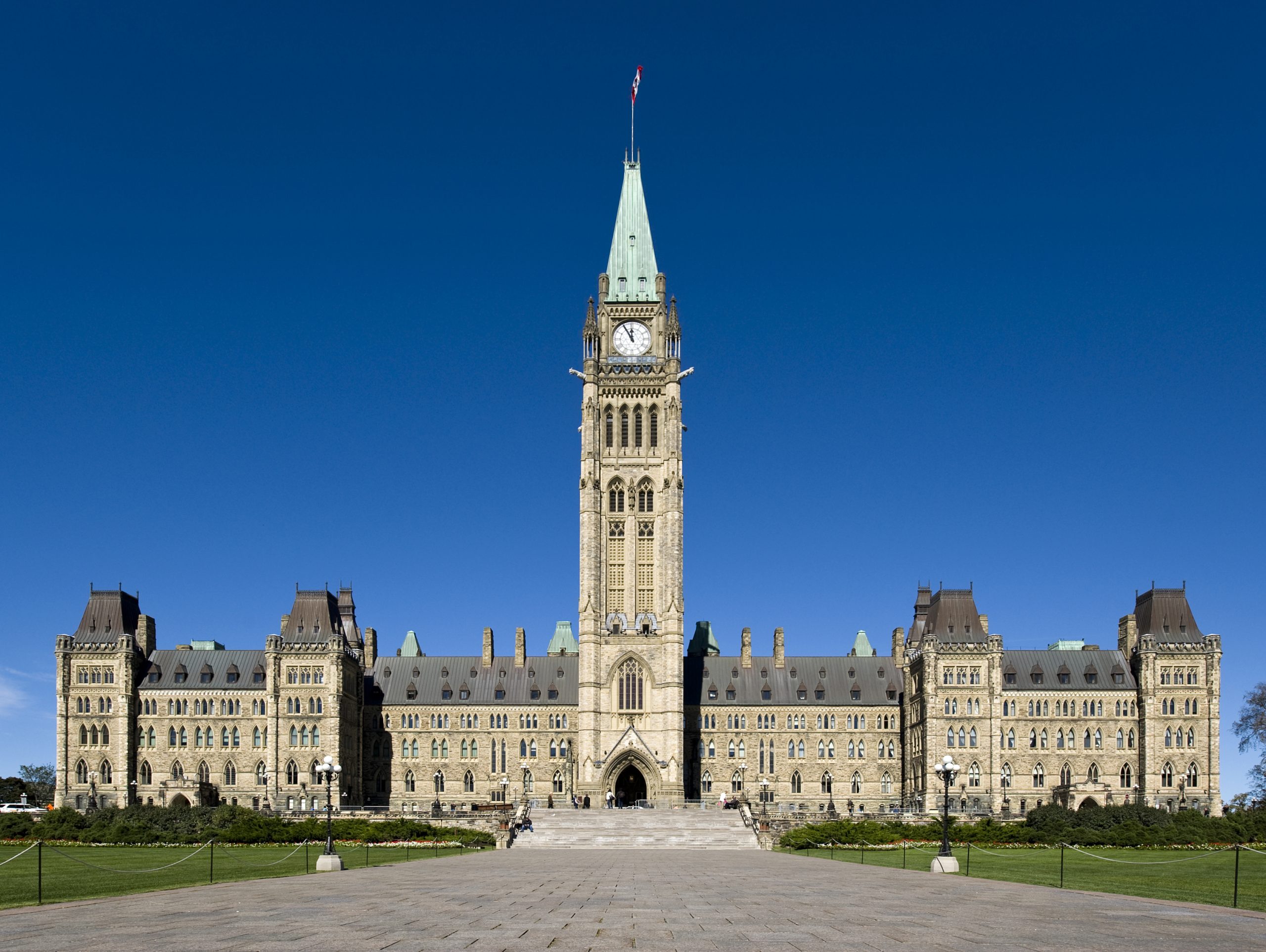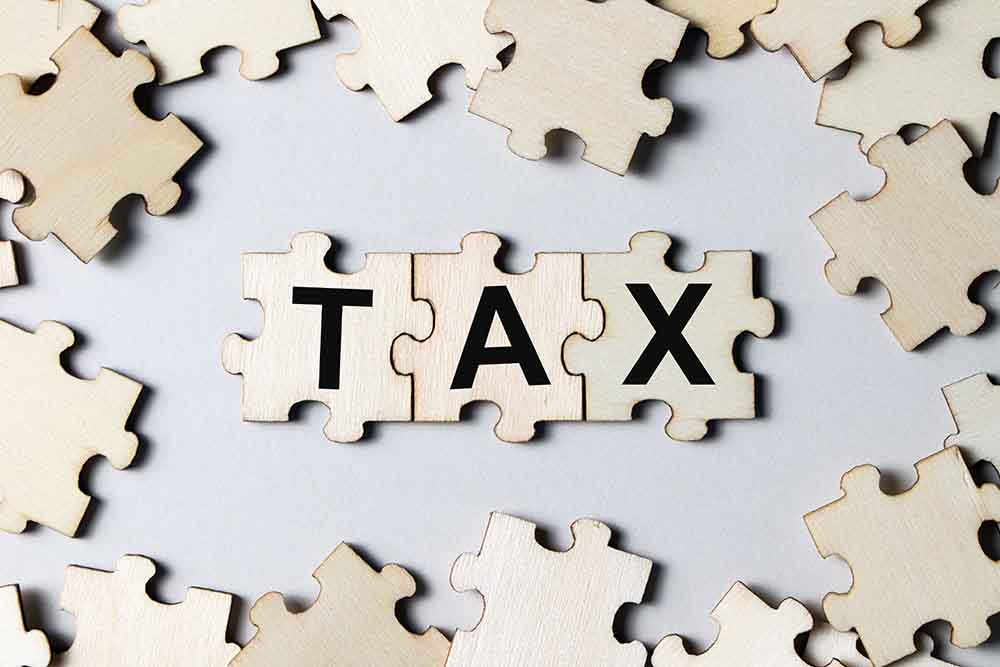Leading up to Monday’s deadline for payment of property taxes, politicians loved to remind people the city has held the line on property taxes for 11 years.
Not so on another source of revenue: user fees.
The charges borne only by people who actually use the related services are on the rise — increasing by $42-million from 1998 to 2006.
There are more municipal user fees than there were a decade ago and they account for a greater proportion of all revenues the city receives.
Taking a family to Winnipeg’s zoo today costs $15.75. A decade ago, admission was less than half that amount: $7.01. Even adjusted for inflation — which was about 25 per cent over the last decade, according to the Bank of Canada — the price today would be $8.80 if the fee had only kept pace with inflation.
An 18-hole round at the city’s John Blumberg Golf Course costs $29. Ten years ago, the price in today’s dollars was $22.
A conditional use building application costs $338. Adjusted for inflation, the 1998 price would have been $188.
Officials in Winnipeg and other cities have discovered that keeping a lid on property taxes while hiking user fees can boost city coffers without inciting public riots.
“People don’t scream about those user fees,” said Dick Stewart, a former department head in Ottawa’s civic government. “That’s why you’re seeing the proportion of revenues growing from fees. Because they’re not as contentious. That doesn’t mean they’re a good thing. That doesn’t mean that (civic governments) should keep doing that.”
Before his retirement in 2002, Stewart was the general manager of the department of people services, which covered public health, recreation, libraries and social services at Ottawa city hall.
He is now an advisor to the public-interest group People for a Better Ottawa.
User fees, defended by their supporters as a responsible way of covering a city’s costs, can actually divide a city along class lines, Stewart said.
If a city begins charging higher fees for children’s swimming or skating lessons, parenting courses or other programs at community centres, a city’s quality of life stands to suffer and underprivileged people feel the most pain, Stewart said.
“When you begin to commodify (civic services) and set fees that exclude people, we’re down a slippery slope,” he said.
In 1998, Winnipeg had revenues of $1.071 billion. Forty-nine per cent came from property and business taxes, 28 per cent from user fees and other charges. Grants, interest, a Manitoba Hydro dividend and other taxes accounted for the rest of the city’s revenues.
In 2006, the city’s revenues were virtually the same: $1.069 billion, but only 44 per cent came from property and business taxes, a $58-million reduction in an eight-year span.
Meanwhile, 32 per cent of city revenues in 2006 came from user fees and other charges, a $42-million increase over those same eight years.
When asked to explain the rise in user fee charges, Mayor Sam Katz pointed to the skyrocketing price of gasoline. Every one-cent increase in the price of gas meant the city’s costs jumped $250,000, Katz noted.
“Any time the cost of a product goes up, usually it’s the end user who’s paying more.”
Even so, some user fees have far exceeded inflationary pressures.
A continuous foundation property — one with concrete or granite walls — at Brookside Cemetery is $1,350 today. The price in today’s dollars back in 1998 was $1,180.
An outdoor food-vendor’s licence for fresh fruit and vegetables has almost quadrupled: $64 in 1998 ($80 in today’s dollars), $235 this year.
“We all pay taxes for certain services which the majority of us use on a regular basis: street cleaning, garbage (collection), a lot of the basics,” Katz said.
“But then there’s a lot of stuff some use, but others don’t use, and that’s where you get into user fees. And I think there’s some logic to that.”
When it comes to user fees, Winnipeg is in the middle of the pack of Canadian cities. Western cities in general – Calgary and Edmonton in particular – have much higher user-fee revenues than cities in the east.
In 2006, Calgary collected $401 per capita in user fees, and Edmonton $382, compared to Winnipeg’s $201.
About half of the money collected in Winnipeg as user fees comes from water and sewer revenues.
Rates for those services have increased significantly in the last two years.
Some observers warn cities could grow too reliant on user fees and in doing so, could neglect one of the cornerstones of municipal government: to nurture well-being among all citizens.
“Usually the motivation around user fees is to increase city revenues, so it’s fiscal,” Stewart said. “But you don’t introduce user fees or increase them exponentially without having social impact. I’m not saying that you shouldn’t raise user fees. All I’m saying is that unless you’re prepared to do the analysis of the social impact and value that, then it’s not a balanced approach.”
Are we being taken for a ride?
Greens fees
(Blumberg)
1998 fee cost: $22.00
2008 fee cost: $29.00
Total increase: 24.2%
Family zoo
admission
1998 fee cost: $8.80
2008 fee cost: $15.75
Total increase: 44.2%
Barber shop licence
1998 fee cost: $55.00
2008 fee cost: $100.00
Total increase: 45%
Transit
full fare
Earlier fee cost: $1.88 (1998)
2008 fee cost: $2.0
Total increase: 6%
(All prices adjusted for inflation)


